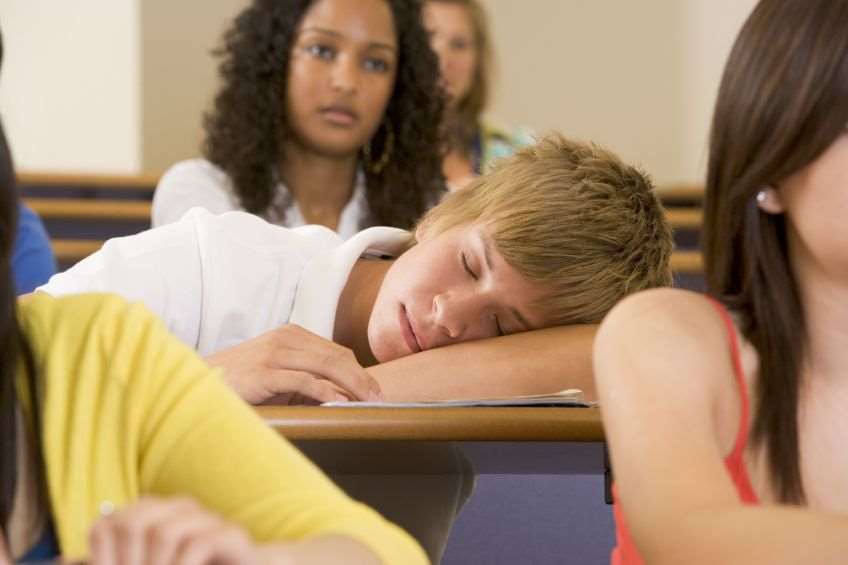Students are more likely to buy into the rules if they have a hand in creating them. Start with this list of adaptable ideas.
 As a teacher, you of course need to establish general rules of conduct for your classroom. But how do you make your students want to follow the rules? Give them a hand in creating those rules! Here’s how to do it. Start with a list of what you consider the bare essentials, and then, through thoughtful discussion, work with your students to create a set of rules expressed in their language.
As a teacher, you of course need to establish general rules of conduct for your classroom. But how do you make your students want to follow the rules? Give them a hand in creating those rules! Here’s how to do it. Start with a list of what you consider the bare essentials, and then, through thoughtful discussion, work with your students to create a set of rules expressed in their language.
Use this list as a starting point, adapting and expanding it to meet the needs of your classes.
1. Treat others as you would like to be treated.
2. Respect other people and their property (e.g., no hitting, no stealing).
3. Laugh with anyone, but laugh at no one.
4. Be responsible for your own learning.
5. Come to class and hand in assignments on time.
6. Do not disturb people who are working.
Most teachers agree that it's best to select only a few rules-those that contribute to successful learning and an orderly environment. (It’s too hard to remember a long list!) Make your rules as clear and specific as possible. Then decide with your students’ help what the consequences will be for breaking those rules.
Teach the rules as you would a regular lesson. It should be your first lesson. Discuss each rule individually, explaining the rationale behind it and ask for examples of how it could be broken. Explain that rules help make everyone’s time in school more enjoyable; use examples to illustrate this point. It’s also a good idea to post the rules as a reminder and send a copy home with each student.
 What to Do When Kids Break the Rules
What to Do When Kids Break the Rules
Brush up on these three types of logical consequences so you can use them when kids test the limits.
Despite all your proactive strategies to prevent misbehaviour, students will break the rules. They will forget, become unsure, and test limits. Be ready to follow up with logical consequences.
Logical consequences are a way to help fix problems that result from students’ words and actions when they break or forget rules. They help students regain self-control, reflect on their mistakes, and make amends for them. Logical consequences should be respectful of the student, relevant to the situation, and reasonable in scale.
Here are three types to consider:
• You break it, you fix it can be used to mend emotional messes as well as physical messes. A child can rebuild a block tower after accidentally knocking it over. A student can repair hurt feelings with an apology of action. An apology of action may be doing something to soothe the injury, such as drawing a picture or playing a game.
• Temporary loss of privilege is a simple way to help a student remember to use that privilege (art materials, recess, group time) responsibly. Losing a privilege for a class period or a day can help a child pause to remember or relearn a rule.
• Time-out or "take a break" is a strategy to help students learn self-control. A student who is disrupting the work of the group is asked to leave (escorted) for a few minutes. Give the student a chance to regain composure and rejoin the group on his or her own.
